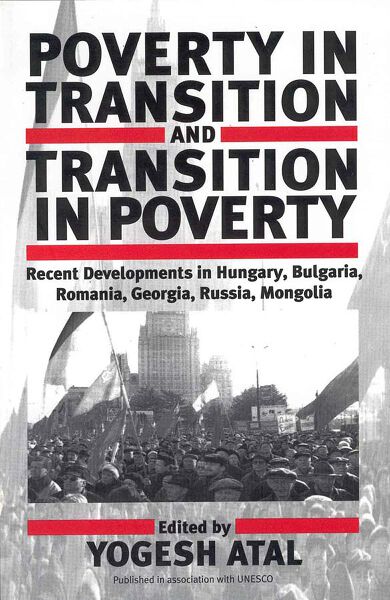
Series
Volume 3
Arakmbut of Amazonian Peru
Email Newsletters
Sign up for our email newsletters to get customized updates on new Berghahn publications.
Indigenous Rights and Development
Self-Determination in an Amazonian Community
Andrew Gray
352 pages, 5 maps, 9 tables, bibliog., index
ISBN 978-1-57181-875-1 $135.00/£104.00 / Hb / Published (September 1997)
ISBN 978-1-57181-837-9 $34.95/£27.95 / Pb / Published (July 2003)
GET 60% OFF When you buy all 3 hardbacks or 50% OFF when you buy all 3 paperbacks! Just add the 3 volumes to your cart to apply the discount.
Reviews
"... a solid contribution to the understanding of the relationship between Amazonian notions and contemporary international legal concepts of human rights ... (that) could become a reference text to be used in similar negotiations with other indigenous peoples." · L. E. Belaunde, University of Durham
Description
The Arakmbut are an indigenous people who live in the Madre de Dios region of the southeastern Peruvian rain forest. Since their first encounters with missionaries in the 1950s, they have shown resilience and a determination to affirm their identity in the face of many difficulties. During the last fifteen years, Arakmbut survival has been under threat from a goldrush that has attracted hundreds of colonists onto their territories. This trilogy of books traces the ways in which the Arakmbut overcome the dangers that surround them: their mythology and cultural strength; their social flexibility; and their capacity to incorporate non-indigenous concepts and activities into their defence strategies. Each area is punctuated by the constant presence of the invisible spirit, which provides a seamless theme connecting the books to eachother.
Over a period of about two decades the indigenous movement has grown into an international force, making a marked impact on the United Nations and the International Labor Organization. In this volume, the author looks at the growing consciousness among the Arakmbut who are increasingly demanding that their rights to their territories and resources should be respected in tandem with the growing development of indigenous rights internationally. However, the author points to a significant difference of perception: whereas non-indigenous human-rights legislation receives its legitimacy by judicial means, the Arakmbut find their legal system legitimized through the spirit world. The invisibility of this world makes it appear non-existent to non-indigenous observers. However, to overlook its importance prevents outsiders from understanding and appreciating its significance in the Arakmbut struggle for survival.
Andrew Gray was, until his untimely death in 1999, Tutor in Social Anthropology at the University of Oxford. He was also a leading activist in indigenous rights, advising the Forest Peoples Programme and the International Working Group for Indigenous Affairs (IWGIA) among other organizations.




